Grey Day, Red House

Babbling Preamble
Girls about town Weekes and Cordelia were spotted hitting up the hottest clubs again a couple weekends ago.
And by hottest clubs, I mean William Morris’s Red House in Bexleyheath.

It was a bright, sunny day… or was it about rain? It was a confusing day weatherwise, so we exchanged several telegrams regarding what to bring before setting out. We both decided (independently, as the telegrams didn’t manage to reach in time) on a cardigan and brolly to mitigate any mid-August atrocities.
Well, it wasn’t enough. When we alighted at Bexleyheath, the blustery winds and blackening skies called for my full length winter coat. Wait–hang on–the sun came out again and I stripped off my scarf and put on my sunglasses and my body was like, ‘You will 100% be ill by this evening.’
Sure enough, I write to you now from my invalid bed weeks later (still, I’m pinpointing this as the culprit) where I hope to convalesce, to rise again like the phoenix and take on life….
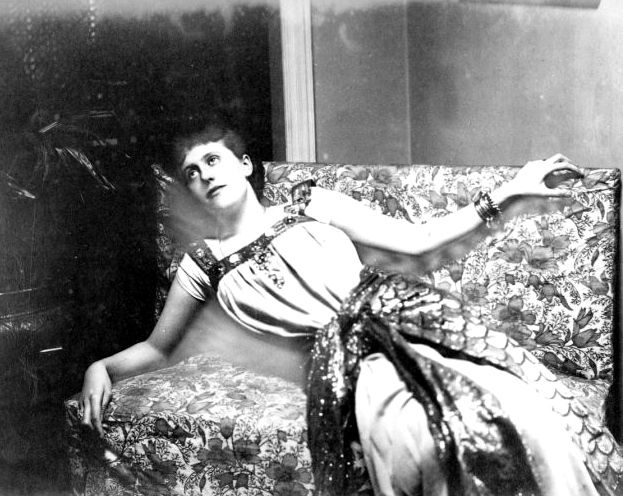
FOCUS, Weekes.
Where was I? So we alighted at Bexleyheath and followed the blue dot to Red House. The asshole blue dot. It led us in what I’m sure was a roundabout way to Bean Road where we finally stumbled upon a crooked National Trust sign pointing off in a nebulous direction. The blue dot also spotted the sign and decided that his job was done and he could just fuck off into unclear no man’s land.
Oh well…. we crossed the busy intersection (3 times actually, thanks, Blue Dot) and dubiously headed down Bean. It really looked an unlikely candidate.
‘William Morris just CAN’T live off of BEAN Road!’ I protested.
But he did! Right next to an above ground swimming pool, trampoline, and deflated-football-topped rubbish heap. I’m assuming these things weren’t around in 1859 when Morris selected the spot for his idyllic, rural escape-the-city home…
Some History
Red House was designed and built by Morris and architect Philip Webb to serve as both a family home for a young Morris (and friends) as well as a workshop outside the chaos of London.

I mentioned William Morris in my brief introduction to the Pre-Raphaelites the other week, as kind of the ringleader of the second wave of Pre-Raphaelitism. There’s a lot to say about him, so for this post I will mostly focus on the history of the Red House rather than going into enormous detail about Morris himself. But, in short, Wikipedia aptly describes him as ‘an English textile designer, poet, novelist, translator, and socialist activist’. You might recognise some of his gorgeous pattern designs anywhere from wallpaper to the bags at the V&A gift shop to Morris & Co. lotions and soaps.
If I had my way, everything in my life would be covered in delicious Morris prints.
The Arts and Crafts Movement fathered by Morris was initially a reaction to the mass production of cheap and identical goods–a phenomenon that really took off in post Industrial Revolution England during the Victorian period. The death of hand-craftsmanship and unique artistry dismayed Morris and his buddies who reveled in Medievalist ideals of community and workmanship. Basically, I think Morris would literally fall down dead (again) if he entered an Ikea.
For example, Morris & Co. textiles were printed from meticulously hand-carved wooden blocks (pictured below). Similar to screen printing, patterns and colours were layered on block by block to create the over effect and depth.

So, as Red House was specifically built in this Arts and Craft style/with the Arts and Craft spirit, we knew (we hoped) there would be a number of exciting details for us to discover and explore on the property.
Firstly, the windows did not disappoint. No two windows are the same in this house, and many of them were beautifully and exquisitely hand painted/stained.
In addition to the, of course, Morris-papered walls, many of the ceilings are also painted in whimsical patterns.
Truly unusual touches abound in the property from the Neo-Gothic turret-clad main staircase….

….to the beautiful entrance hall….
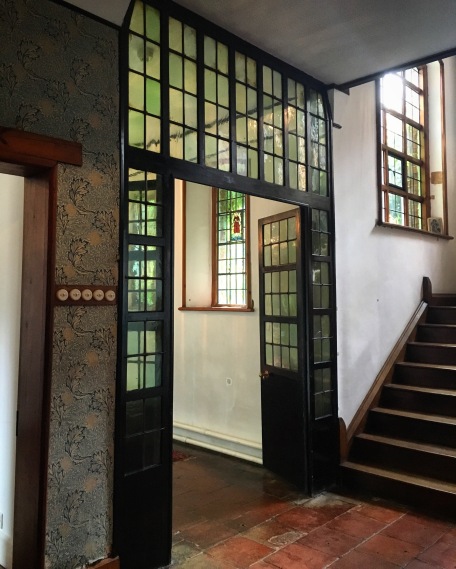
…and the mosaic-ed front door.

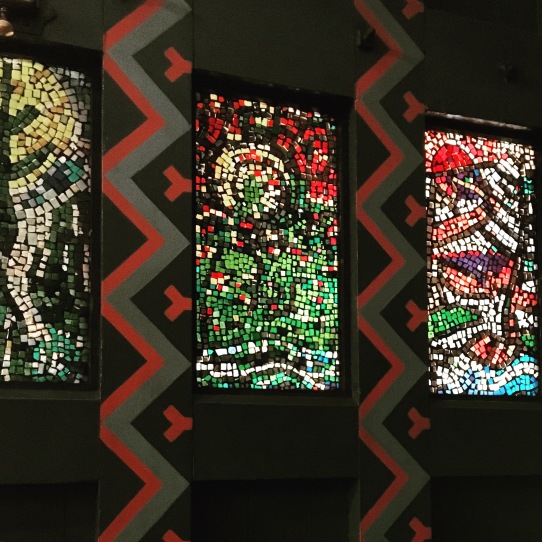
O the delights!
These days, the house is sparsely furnished (well, er, mostly pretty much totally unfurnished) besides some mainstays/built-in features.
This settle (below) built into the wall of the upstairs drawing room is particularly interesting. Apparently, it was originally blood red in colour until some absolute twat freak idiot criminals bought the house in the 1950s and PAINTED EVERYTHING WHITE. The settle also used to feature 3 panel paintings by Rossetti… and they have since been stripped from the furniture and are hanging in some museum in Canada! The settle benefits from an attached ladder on the left side up which one can climb to access the loft and little attic hatch.

Now, when I say they painted everything white I mean they painted everything white. As in, elaborate murals believed to be joint-created by Morris, Rossetti, Elizabeth Siddal, and Burne-Jones were painted over with BRIGHT WHITE PAINT.
THE HORROR!!!!!!!!!!!!
This mural has recently been uncovered in one of the bedrooms (under white paint and behind a wardrobe), but the Trust doesn’t seem to really have the money for the restoration (you can read more about the discovery here).

In somewhat better condition is this remarkable mural located to the right of the settle in the drawing room.

The mural depicts a wedding feast probably celebrating the marriage of King Arthur and Guinevere, who we see pictured in the top middle in the likeness of William Morris and his wife, Jane. On the right-hand side, we can see the red-haired and laurel-ed Elizabeth (wife of Rossetti, remember?) with her arm around Burne-Jones’ wife, Georgiana (in green).
Apparently, the newly wedded Morris designed Red House as his own personal Camelot–a magical domain fit for starting a family (well, and partying) with his young, beautiful wife, Jane.

The sun-soaked window seat (below) was designed specifically to accommodate Jane and her embroidery. Morris fancied himself a king walking the grounds and looking up to see his lovely queen framed by the window, looking down at him from her castle-esque tower. (This is a perfect example of the Pre-Raphaelite tendency to idealise/place their women on pedestals whilst simultaneously being egotistically negligent, objectifying, and abusive towards them. But, I mean, whatever, I obviously want this embroidery window in my home.)
Anyway, we’ll look more at Jane Morris (and Rossetti… dunt dunt dunt!) another day.
The Morris family only ended up living at Red House for 5 years, from 1860-1865. Originally, William planned to add a wing onto the house for the Burne-Jones family, dreaming of a sort of countryside artist enclave where he could carry out the business of Morris & Co. outside of London. However, plans for the Burne-Jones’ move were halted when Georgiana contracted scarlet fever and suffered a miscarriage. Elizabeth Siddal’s death in 1862 was also a source of disillusionment for the Camelot gang. These events, along with financial constraints/traveling burdens, were likely catalysts for the Morris family’s abandonment of the property in 1865.

Apparently, Morris never again returned to Red House.
And after a coffee in a kinda terrifying cellar and potter around the garden, Cordelia and I also left Red House sadly, probably, never to return.
Postscript
Rossetti had a pet wombat!
xWG // @dazeandweekes // @weekes













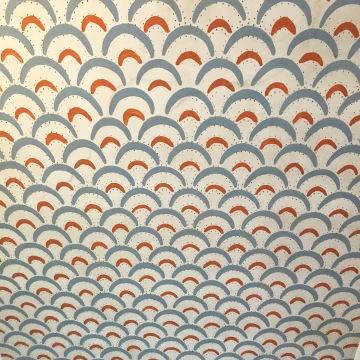



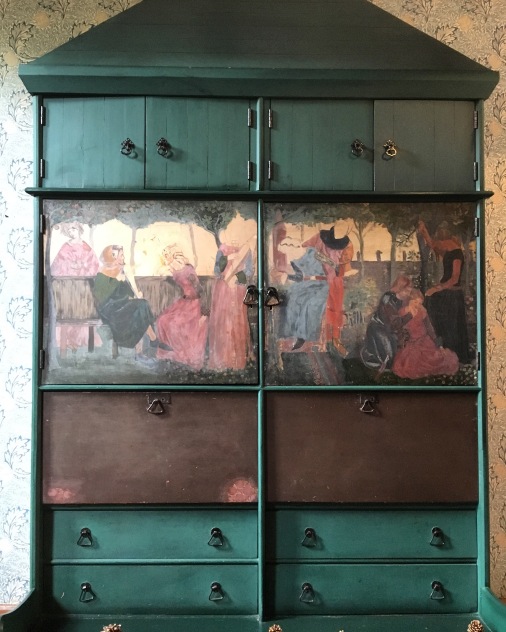










Ah, this is the same story of my own home. Okay, mine was gorgeous hardwood floors covered by shag carpet (ick) and everything painted grey (seriously, in a place that rains 8 months out of the entire year, you opted for grey? WTF?), but you know, close enough. Although, I’ve yet to find any wombat droppings. Yet.
LikeLiked by 2 people
YUCK. I will never understand the covering of hardwood floors with nasty, nasty carpet! Landlords love that sh*t! Our current flat has funky tiled and hardwood floors covered in horrendously old, stained, and cat shredded carpet that the landlord refuses to allow us to pull up. Augh, and grey sounds even more depressing than magnolia! Madness!
LikeLiked by 1 person
Perhaps your landlord is going for the shabby chic style of decor…or deranged-cat-was-let-loose style? I think my house hadn’t been redecorated since the 1970s which explains the carpeting. The grey, I just can’t figure that one out…maybe they missed prison?
LikeLiked by 1 person
Hahaha yes, prison or their freshman dorm room (same thing)! Sadly, the cat-shredding aspect of the carpet is from my cats…. but who can blame them for wanting to pull it up?!
LikeLiked by 1 person
Oh my word! LOOK AT THIS PLACE! I’m this close to dropping everything and seeing if I can hide in the building long enough to claim squatters’ rights and move in officially. I can only imagine what it was like in its heyday, before someone got in there with a job lot of Dulux snow white, presumably paid for with the spoils of selling off all the original furniture to overseas museums… Great tour, and this is very much going on my list for my next London visit!
LikeLiked by 2 people
I mean, right?!?!?!!? I am completely ready to move in. And I don’t think the old ladies in the gift shop would even notice–it took them about 15 minutes to jointly ring up my postcard purchase. You’ve definitely gotta check it out on your next visit and invite me over once you’re established as queen of the castle.
LikeLike
Ha! If I dress up in appropriate costume, they might mistake me for a creepy museum mannequin. It’s on! Come by in a couple of weeks, and bring wine and cake!
LikeLiked by 1 person
Hahahhaaha … just sit really still in the window if anyone walks by…
‘Hmmm is that a new fixture?’ ‘Nahhh… I think she’s always been there?’ *shrugs shoulders*
LikeLiked by 1 person
Jealous! And talk about unusual pets–a wombat? I especially like the matching halos. Morris’ wife definitely looks like she came straight out of a painting of the period. Apparently she inspired them! And all the medieval nostalgia is very interesting. I too could move in at a moment’s notice!
LikeLiked by 1 person